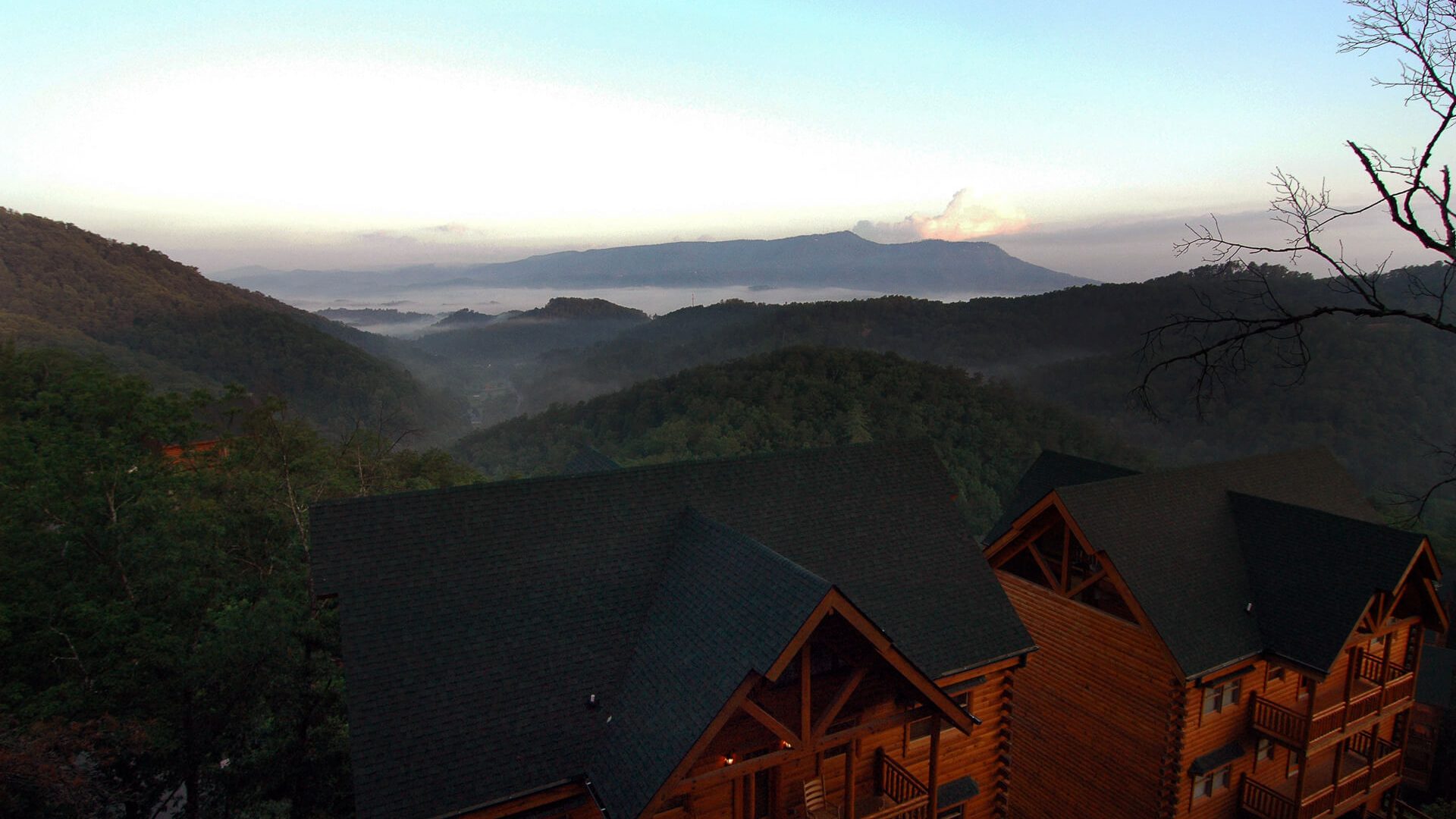Discover unparalleled Southern beauty or learn about the historic paths used by Native Americans and early settlers as you explore these officially designated National Park Service sites.
Appalachian National Scenic Trail (Tennessee)
Stretching from Georgia clear to Maine, the Appalachian National Scenic Trail covers nearly 2,200 miles (3,500km) and passes through scenic, wild lands as well as culturally important sites up and down the route. The public footpath is a popular hiking and camping destination and is managed and maintained by the National Park Service, the U.S. Forest Service, the Appalachian Trail Conservancy, various state agencies and a small army of volunteers. In Tennessee, the Appalachian Trail hugs the state’s eastern border with North Carolina and passes through Great Smoky Mountains National Park and the Cherokee National Forest.
Natchez Trace National Scenic Trail (Mississippi/Tennessee)
Today, the Natchez Trace Parkway is a popular route for motorists that travels between Natchez, Mississippi, and Nashville, Tennessee. But that route is based on the 450-mile (724km) foot trail that served as a lifeline for Native Americans, settlers, slaves and others through the Old Southwest centuries earlier. Folks driving the Natchez Trace Parkway today can get a sense of what this travel was like by hiking five separate sections of the old trail encompassing just over 60 miles (1,062km).
Trail of Tears National Historic Trail (Arkansas/Tennessee)
Traveling through nine states, this trail tells the story of a sad chapter in American history. The Cherokee people were forcefully removed from their ancestral lands in Georgia, Alabama and Tennessee in 1838-39 and traveled on foot, by horse, by wagon and by steamboat to reservations in what’s now Oklahoma. The 2,200-mile (3,500km) route highlights the land and water routes used by the Cherokee, and there are several interpretive sites in each state where visitors can learn more about this tragic voyage.
El Camino Real de los Tejas National Historic Trail (Louisiana)
This route, which starts (or ends, depending on your perspective) in Natchitoches, Louisiana, was instrumental in the settlement and development of Texas. The historic thoroughfare, which ran from present-day Mexico City all the way into western Louisiana, was used by settlers, soldiers, missionaries and many others, and several natural and historic sites along the way share these stories. Attractions along the trail in Louisiana include Fort Jesup State Historic Site, Los Adaes State Historic Site, Fort St. Jean Baptiste State Historic Site, Cane River National Heritage Area and Cane River Creole National Historic Park.
Other trails to try:
- Overmountain Victory National Historic Trail (Tennessee)




